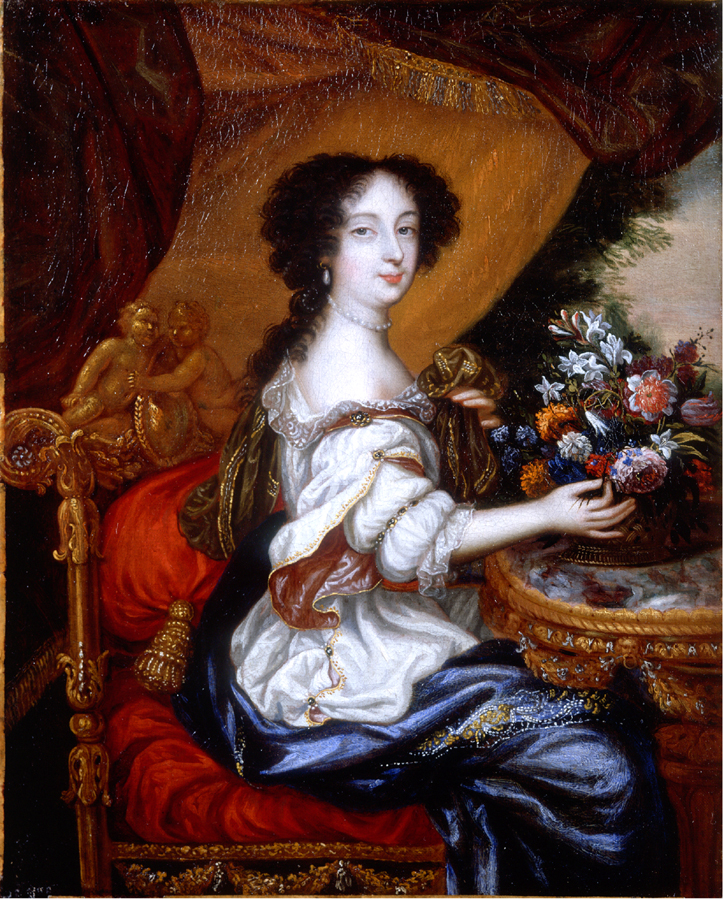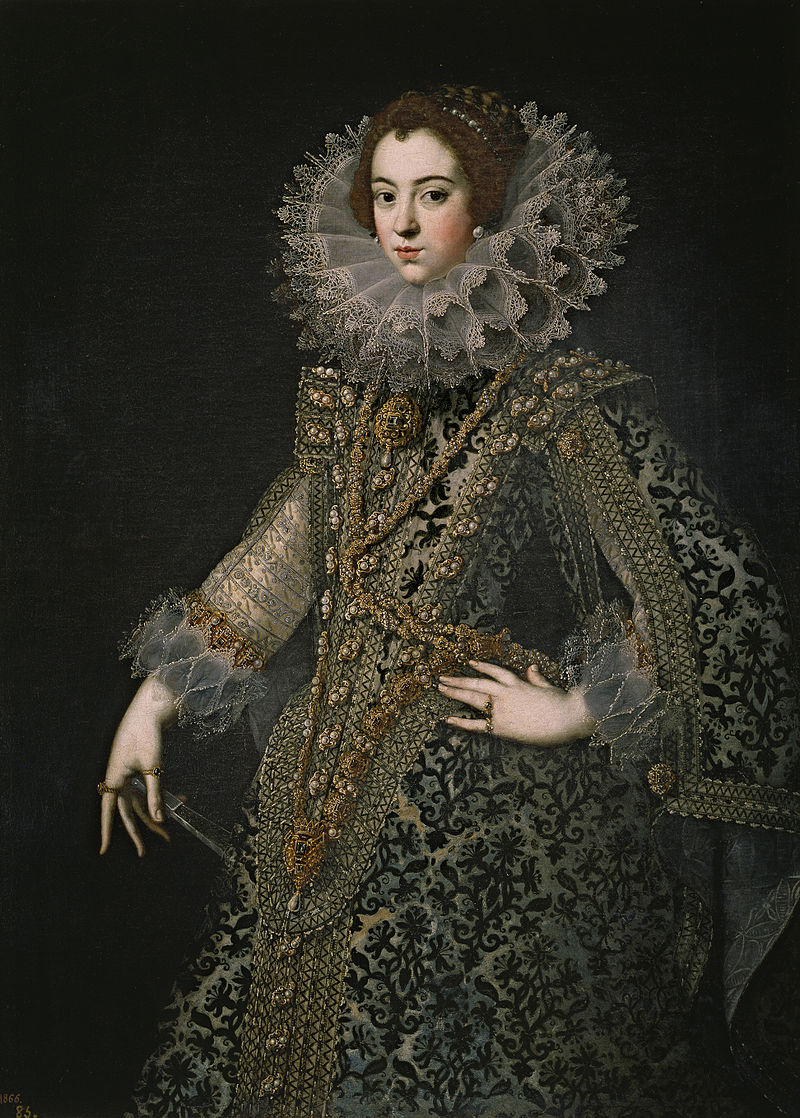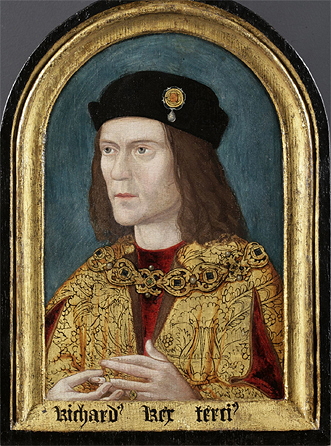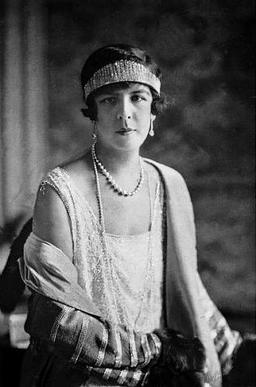© Unofficial Royalty 2024

Barbara Palmer, 1st Duchess of Cleveland; Credit – Wikipedia
October 9, 1690 – Death of Henry FitzRoy, 1st Duke of Grafton, an illegitimate son of King Charles II of England by Barbara Palmer, 1st Duchess of Cleveland
In 1679, Henry married Isabella Bennet, daughter and heiress of Henry Bennet, 1st Earl of Arlington and Elisabeth of Nassau, a granddaughter of Maurits of Nassau, Prince of Orange, and a great-granddaughter of Willem I (the Silent), Prince of Orange. When her father died, Isabella became the 2nd Countess of Arlington in her own right. Henry and Isabella had one son Charles FitzRoy, who succeeded his parents as 2nd Duke of Grafton and 3rd Earl of Arlington. Henry was raised as a sailor and was well-suited to military life. He was appointed Colonel of the Grenadier Guards in 1681 and served as Vice-Admiral of England from 1682 to 1689. On October 9, 1690, in Cork, Ireland, 27-year-old Henry FitzRoy, 1st Duke of Grafton died from wounds received two weeks earlier at the Siege of Cork, during the Williamite War in Ireland when supporters of the former King James II attempted to retake the English throne from King William III and Queen Mary II.
Unofficial Royalty: Henry FitzRoy, 1st Duke of Grafton
October 9, 1709 – Death of Barbara Palmer, 1st Duchess of Cleveland, mistress of King Charles II of England, at Walpole House in Chiswick, England; at the Old Chiswick Cemetery at St. Nicholas Church in Chiswick, London, England
In 1659, Barbara married Roger Palmer, later 1st Earl of Castlemaine. At the end of 1659, Roger and his new wife left with other supporters of the exiled King Charles II of England, joining him in the Netherlands. In 1660, Barbara became Charles’ mistress and continued as his mistress when Charles II returned to England later that year. Barbara gave birth to six children, some of them, possibly all, were the children of Charles II. Among Barbara’s descendants are Diana, Princess of Wales; Sarah, Duchess of York; the Mitford sisters; philosopher Bertrand Russell; and British Prime Minister Sir Anthony Eden. In 1673, King Charles II cast Barbara aside and took Louise de Kérouaille as his newest favorite mistress. Barbara eventually reconciled with King Charles II and he enjoyed an evening in her company a week before he died in February 1685.
Unofficial Royalty: Barbara Palmer, 1st Duchess of Cleveland
October 9, 1757 – Birth of King Charles X of France at the Palace of Versailles in France
Both King Louis XVIII and King Charles X were brothers of the beheaded King Louis XVI who reigned in France during the Bourbon Restoration. When Napoleon was overthrown in 1814, King Louis XVIII was formally made King of France. In 1824, King Louis XVIII died, and his brother Charles X succeeded to the French throne. Charles longed for a return to absolute rule. He often instructed his prime minister to change or remove laws that he felt were too liberal. Charles’ own actions led to the July Revolution of 1830, his abdication, and the Chamber of the Deputies proclaiming Louis Philippe, Duke of Orléans as Louis Philippe I, King of the French.
Unofficial Royalty: Charles X, King of France
October 9, 1934 – Assassination of King Alexander I of Yugoslavia in Marseilles, France; buried at the Memorial Church of St. George, Oplenac near Topola, Serbia
45-year-old Alexander I, King of Yugoslavia was assassinated in Marseilles, France, by Bulgarian assassin Vlado Chernozemski during a state visit to France. In the pre-World War II era, French Foreign Minister Louis Barthou was attempting to build alliances. King Alexander was making a state visit to France to sign a Franco-Yugoslav agreement. Barthou met King Alexander when he arrived in Marseilles, France on the Royal Yugoslav Navy destroyer Dubrovnik. The pair slowly traveled in a motorcade through the streets of Marseilles, lined with people eager to see the king. Vlado Chernozemski emerged from the crowd and jumped onto the running board of Alexander and Barthou’s car. He was carrying a bouquet of flowers, in which his pistol was concealed, and shouted “Vive le roi!” (“Long live the king!”) Chernozemski shot Alexander, hitting him once in the abdomen and once in the heart, killing the king within minutes.
Unofficial Royalty: Assassination of Alexander I, King of Yugoslavia
Unofficial Royalty: King Alexander I of Yugoslavia
October 9, 1935 – Birth of Prince Edward, Duke of Kent at 3 Belgrave Square in London, England
Full name: Edward George Nicholas Paul Patrick
Edward became Duke of Kent at age 7 when his father Prince George, Duke of Kent died in a plane crash during active military service in World War II. In 1961, Edward married Katharine Worsley and the couple had three children. As a first cousin of Queen Elizabeth II, he was an active member of the Royal Family and represented the Queen at events in the United Kingdom and around the world. He is probably most recognized for his role as President of The All England Lawn Tennis and Croquet Club, serving from 1969 – 2021, a position to which he succeeded upon his mother’s death in 1968. In this role, he presented the champion’s trophies at Wimbledon each year.
Unofficial Royalty: Prince Edward, Duke of Kent
October 9, 1937 – Death of Ernst Ludwig, Grand Duke of Hesse and by Rhine, grandson of Queen Victoria, at Schloss Wolfsgarten in Langen, Germany; buried at Rosenhöhe Chapel in Darmstadt, Germany
Ernst Ludwig was the son of Queen Victoria’s daughter Princess Alice and Ludwig IV, Grand Duke of Hesse and by Rhine. He made an unsuccessful marriage to his first cousin Princess Victoria Melita of Edinburgh and Saxe-Coburg and Gotha. The couple had one daughter who died in childhood. They waited until after Queen Victoria died to divorce. In 1905, Ernst Ludwig married Princess Eleonore of Solms-Hohensolms-Lich and they had two sons. He lost his throne after World War I, however, he was allowed to remain in Hesse and retained several of the family’s properties. Tragically, just weeks after his death, a plane crash in Belgium took the lives of many of his remaining family – his widow, elder son, daughter-in-law, and two grandsons. The plane crash took place on November 16, 1937 – ironically, this was the anniversary of the deaths of both Ernst Ludwig’s sister May (in 1878) and his daughter Elisabeth (in 1903).
Unofficial Royalty: Ernst Ludwig, Grand Duke of Hesse and by Rhine
This article is the intellectual property of Unofficial Royalty and is NOT TO BE COPIED, EDITED, OR POSTED IN ANY FORM ON ANOTHER WEBSITE under any circumstances. It is permissible to use a link that directs to Unofficial Royalty.









